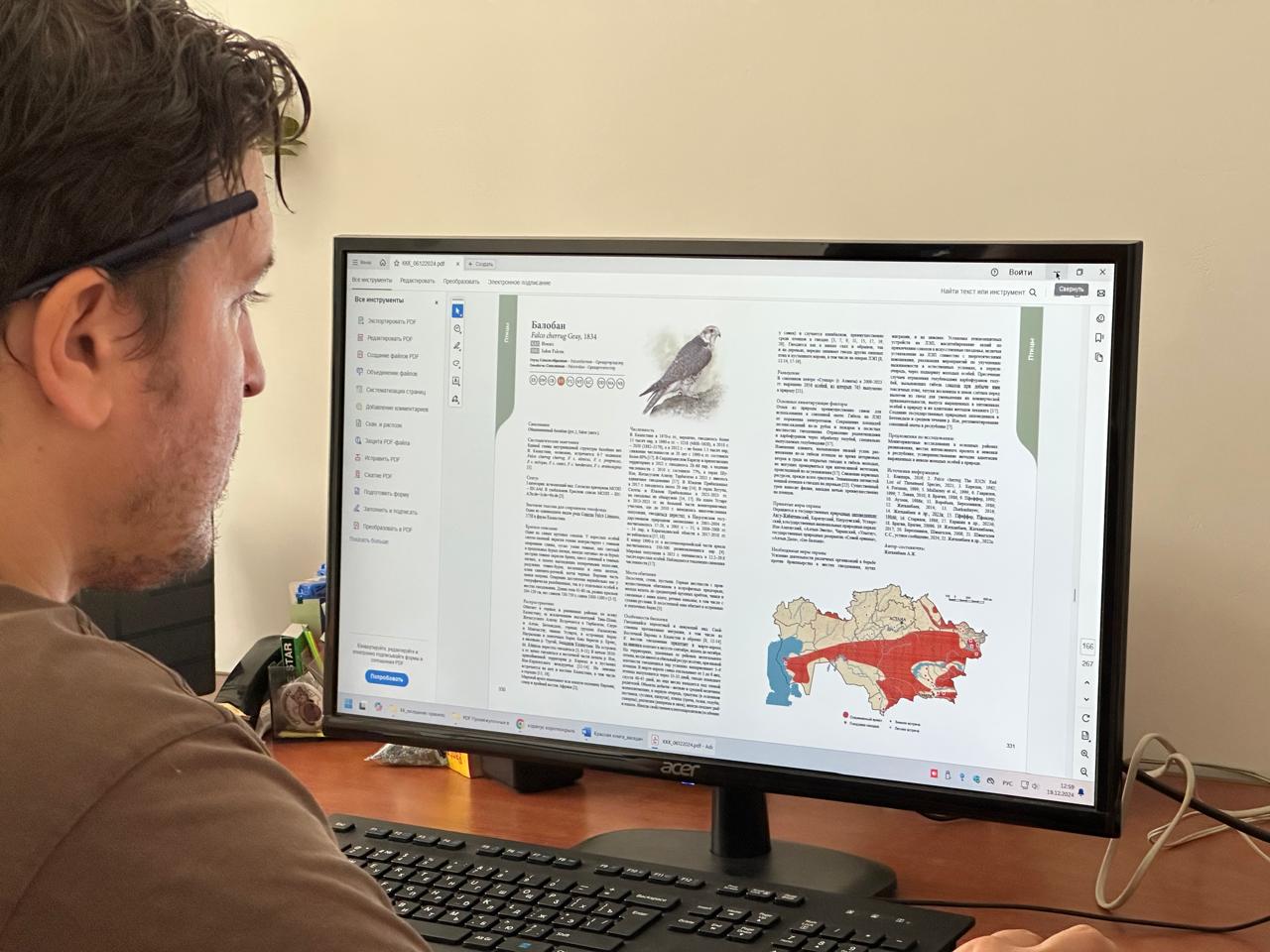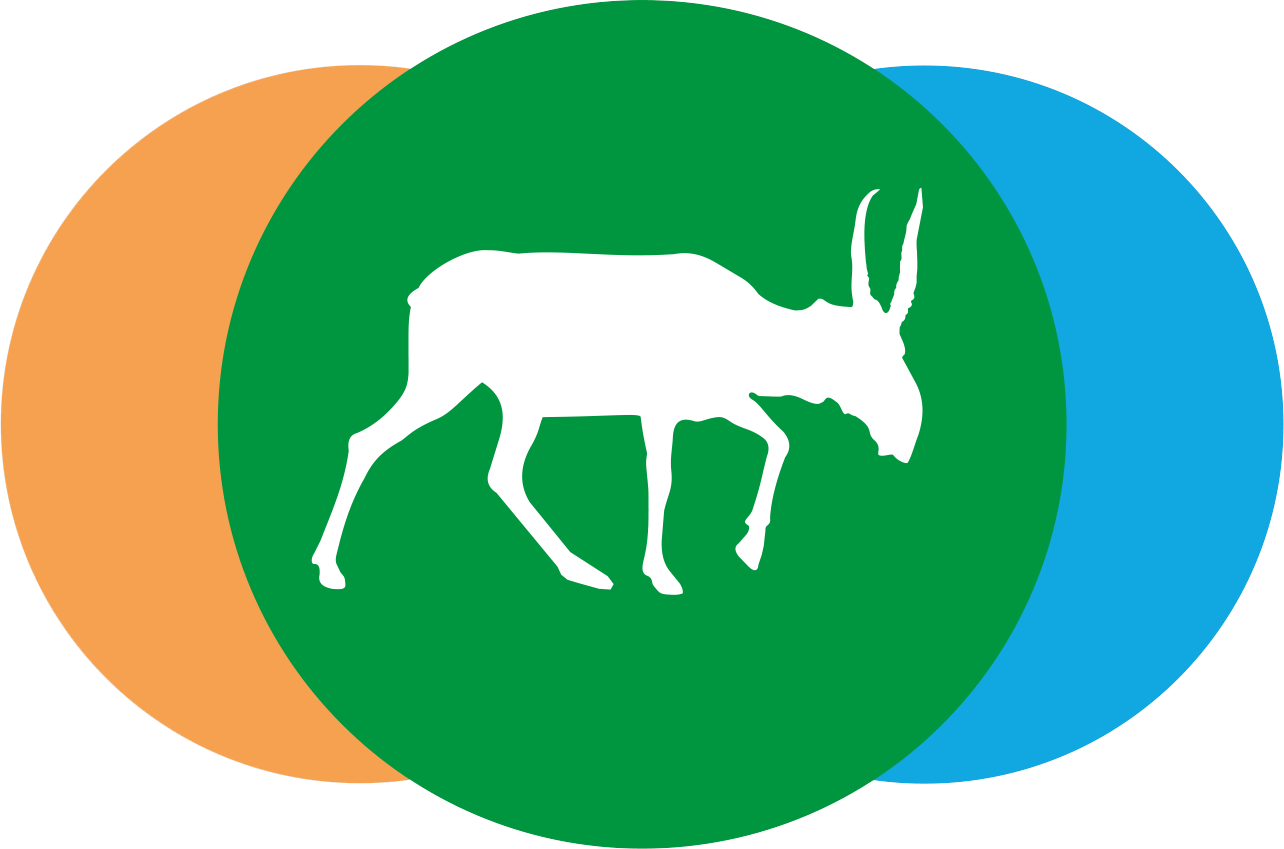At this week’s meeting of the Government of the Republic of Kazakhstan, issues related to the conservation of rare and endangered animal species were discussed. R. V. Jashenko, the General Director of the Institute of Zoology, delivered a report at the meeting. In his presentation, Roman Vasilyevich raised several important points:

1. The Institute of Zoology has prepared the 5th update of the Red Book of Animals of the Republic of Kazakhstan, which, for the first time, applies the international threat assessment criteria of the IUCN. In addition, an electronic database of rare and endangered animal species has been created, and an official web portal titled “Red Book of the Republic of Kazakhstan (Animals)” has been developed.
This Red Book work was carried out as part of a targeted financing program. In order to clarify the commonly used Kazakh names of animals, a special Terminology Commission was established at the Institute of Zoology, which included zoology experts from various nature conservation organizations as well as linguists. As a result of the commission’s work, scientific and widely used Kazakh names were clarified for 59 species and subspecies.
The publication of the new edition of the Red Book of Kazakhstan was long overdue. Firstly, according to national legislation, the status of populations of species included in the Red Book must be updated every 10 years, but more than 15 years have passed since the previous edition (the 4th edition was published back in 2008). Secondly, over these years, changes have occurred in the taxonomy of certain animals, and new data on their abundance, distribution, and biological characteristics have emerged. Based on this, 21 animal species were removed from the new Red Book, while 11 species were added, including:
- 1 mammal species – the Jungle cat;
- 2 bird species – Griffon Vulture * and Cinereous Vulture **;
- 2 reptile species – the Dzungarian Lizard and Tien Shan Lizard;
- 3 insect species – short-winged Koranus, Alder Arma, and blue Zicrona;
- 3 scorpion species – the Low Scorpion, Krivochatsky’s Scorpion, and Pavlovsky’s Scorpion.
Altogether, 217 animal species found on the territory of Kazakhstan (135 vertebrates and 82 invertebrates) have been included in the book. For each species, data on abundance, distribution, and conservation recommendations have been added.
2. The Institute of Zoology, together with the Ministry of Ecology and Natural Resources of the Republic of Kazakhstan, has started work to incorporate Kazakhstani materials into the Global Biodiversity Information Facility (GBIF), as part of the global process of digitizing biodiversity data. In November of this year, the international regional symposium “Biodiversity Data of Eurasian Mountains and Deserts” was held at the Institute of Zoology under the Ministry of Science and Higher Education of the Republic of Kazakhstan, and the process for Kazakhstan to become a full member of GBIF is now underway.
3. Currently, the fauna of our country includes more than 900 species of vertebrates and about 100,000 species of invertebrates. One of the institute’s upcoming plans is to launch a scientific and technical program for the National Red List. As a result of this program, zoological researchers will assess threats to the existence of all wild animal species inhabiting Kazakhstan, based on the unified international IUCN approaches.
The reissue of the Red Book, which serves as an illustrated list of rare and endangered animal species, is of great significance for preserving the biodiversity of the Republic of Kazakhstan. The database of rare and endangered animal species developed during this work will make it possible to quickly analyze data and monitor the state of populations. The collection of new information and the expansion of the database will allow for the assessment of species categories in accordance with international IUCN criteria.
